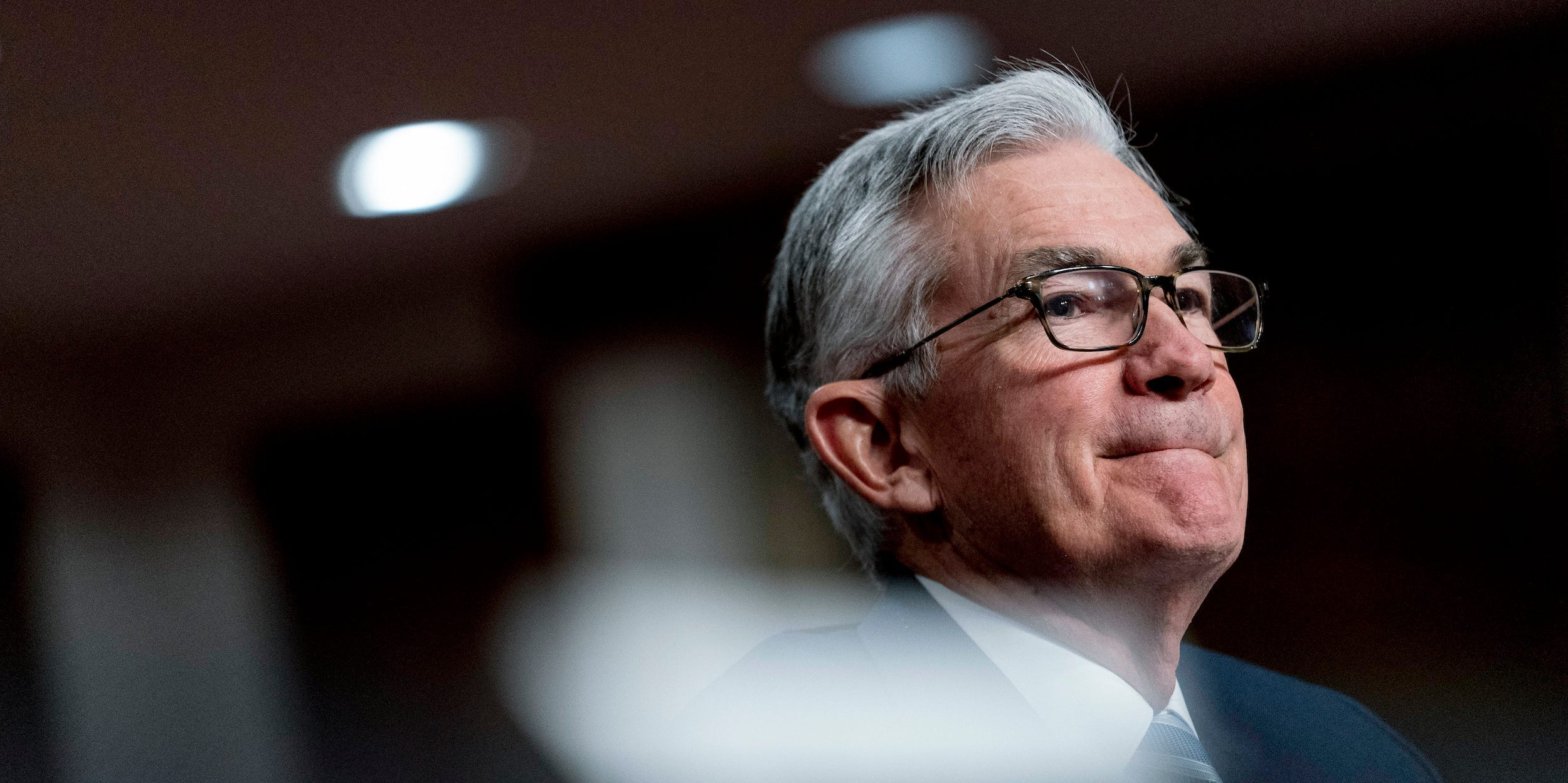Stocks rallied after the June CPI report showed inflation slowed to its lowest rate in two years. Fed officials this week said they think rates still need to go higher, indicating a “couple” more hikes are in the cards. But markets think the Fed is probably going to be done with its rate-hiking cycle this month. Loading Something is loading.
Thanks for signing up!
Access your favorite topics in a personalized feed while you’re on the go.
Investors are taking Wednesday’s inflation report as a sign that the Fed has won its war on inflation.
The Consumer Price Index report for June showed that prices cooled 3% annually, lower than the 3.1% expected by economists. Month over month, the gauge climbed 0.2%, less than the 0.3% expected, according to the Bureau of Labor Statistics. The year-over-year reading is the lowest since March 2021.
According to fed fund futures, markets think this month is the last hurrah for the central bank’s rate-hike campaign.
Investors expect the central bank to raise its benchmark rate by 25 basis points to a range of 5.25%-5.50% this month, according to CME’s FedWatch Tool. At midday Wednesday, traders saw 92% odds of quarter-point hike at the July 25-26 meeting, with the highest odds in the months following indicating investors think the Fed will hold off on more increases for the rest of this year.
Stocks jumped after the release, with the S&P 500 climbing roughly 1%, the Nasdaq moving up 1.2%, and the Dow ticking about 0.82% higher.
Bond yields, meanwhile, tumbled. The 10-year yield moved six basis points lower, reversing last week’s surge, in a sign that investors are getting more upbeat about what’s to come and placing bets that rates don’t have much further to rise.
The market’s optimism that Jerome Powell and his colleagues are nearly done tightening monetary policy runs counter to comments this week from Fed officials, speaking both before and after the CPI reading on Wednesday.
Richmond Fed President Thomas Barkin said after the CPI report that inflation remains too high still, which means the Fed still has more work to do as far as rate hikes go. Earlier in the week the Fed’s Mary Daly and Loretta Mester both said more rate hikes were justified, with Daly stating a “couple” more hikes would likely be needed.
Investors and commentators fear that raising rates much higher will up the odds of a recession, and that the Fed risks overdoing it right as it’s about to pull off an impressive balancing act of tamping down high inflation without crushing economic growth.
In June last year, inflation peaked at 9.1%, and stocks were selling off for most of 2022 as Powell jacked up interest rates. The Fed is now coming off of 10 consecutive rate hikes and one rate “skip” last month, which they made sure to clarify wasn’t a pause.
Remember that higher borrowing costs discourage spending, which helps to cool down inflation. It’s up to the Fed to make sure prices don’t become untenable for consumers, and Powell has reiterated the importance of getting inflation back to the bank’s 2% target.
“My colleagues and I understand the hardship that high inflation is causing, and we remain strongly committed to bringing inflation back down to our 2% goal,” Powell said in June. “Price stability is the responsibility of the Federal Reserve, and without it, the economy does not work for anyone. In particular, without price stability, we will not achieve a sustained period of strong labor market conditions that benefit all.”
